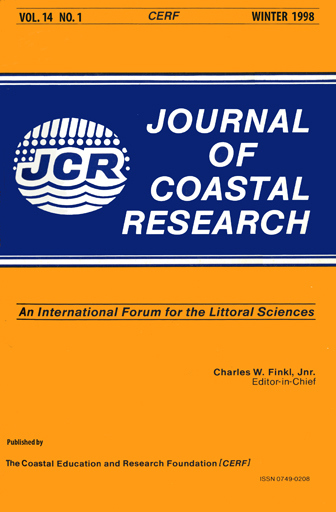Sea-Level Changes over the Past 1,000 Years in the Pacific
Keywords:
Pacific islands, last millennium, Little Climatic Optimum, Little Ice Age, anomalous datesAbstract
The absence of good information about sea-level change for the past 1,000 years in the Pacific is unfortunate given our much clearer understanding of the earlier Holocene and the past ~ 100 years. Yet such information is needed if we are to be able to properly understand the causes of late Neogene sea-level changes and to understand the environmental effects of predicted future changes.
Data are selected from sites in American Samoa, Fiji, the Gambier Islands, Guam, Kosrae, New Zealand, Rota and the Tuamotus which have been tectonically stable for the past thousand years. These data are plotted and a sea-level envelope drawn to characterise the most probable Pacific-wide course of sea-level change for the last millennium.
Sea level was close to its present level ~ 1000 years BP, then rose to perhaps 0.9 m above around 700 BP. This period of sea-level rise coincided with a period of warming named the Little Climatic Optimum. The transition to the Little Ice Age, when sea level stood lower, was marked by a transition around 690 BP when sea level (and ground temperatures) fell rapidly. A lack of data from the following ~ 200 years suggest that sea level was lower than the level to which it rose during the early part of the Little Ice Age. A gradual fall occurred during the later part of the Little Ice Age to as much as -0.9 m below present some 200 BP. The last part of the millennium has been characterized by a net rise of sea level. Several anomalous dates from the sites examined are most probably explicable by post-emergence contamination of reef limestones.


